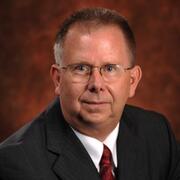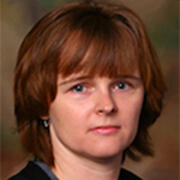Have questions about this report? Ask the author(s).
An update to the November 2022 paper that presented data through 2021, estimates are presented of the number of ASU graduates working in Arizona, as well as their average wage, aggregate wages, and tax payments. Estimates are made for each year from 2012 through 2022.

Dennis received a B.A. in economics and mathematics from Grand Valley State University, a M.S. in economics from Michigan State University, and a Ph.D. in economics from Michigan State University in 1978. He has served on the faculty of the Department of Economics at ASU since 1979, as director of ASU’s L. William Seidman Research Institute (2004-24), and as the director of the Office of the University Economist since 2005.

Eva received her B.S. in finance from Babes-Bolyai University in Romania, a M.S. in business management from Politehnica University in Romania, and a M.A. in economics from Western Michigan University in 2000. She worked as a research analyst at the W. E. Upjohn Institute in Kalamazoo, Michigan prior to joining ASU’s L. William Seidman Research Institute in 2007.

Assesses the total (direct, indirect and induced) contribution of Arizona State University and its employees, students, and visitors in fiscal year 2024 on the state economy as follows: gross product of $6.1 billion, labor income of $3.8 billion, and employment of 55,688.

Summarizes migration data by state from three sources: the Internal Revenue Service, the American Community Survey, and the University of Wisconsin.
EXECUTIVE SUMMARY

Examines the determinants of the locations of high-tech clusters in the United States. Summarizes the development of high-tech activities in Arizona, Metro Phoenix, and Metro Tucson relative to selected states and metropolitan areas.
…